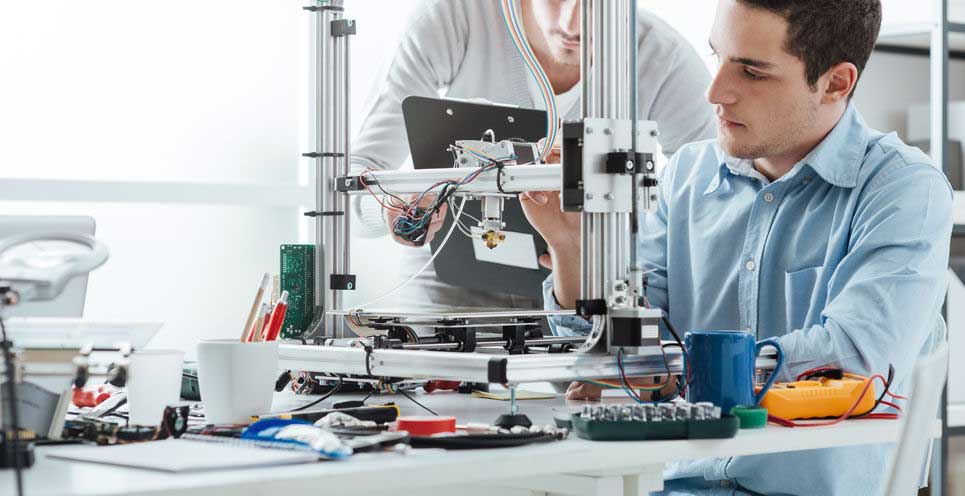Dr. Lauro Rizzatti paid close attention to trends at DAC two weeks ago and wrote them up in a trip report for EETimes readers.
Source: EETimes

As per tradition, Gary Smith kicked off the 52nd DAC June 7 in San Francisco, presenting his EDA industry forecast. Gary remarked that EDA is healthy at over $6 billion with an estimated growth of about 11% over the next five years. However, this is not meeting Wall Street’s expectations. Aiming at correcting this issue, he played various scenarios to raise revenues and growth in the design automation space. He added IP, embedded software, optical, biomedical, chemical, and mechanical, with each contributing a slice of the pie in the multi billion-dollar range. The real difference would come by combining traditional EDA with Mechanical Engineering.
Should we drop the “E” and simply call this marriage DA?
ANSYS is a quintessential example of a mechanical design automation company. At DAC, ANSYS and Mentor Graphics announced a partnership that led to the integration of the Mentor’s Veloce emulation system with ANSYS’ Power Artist. This announcement is significant since it breaks a bottleneck that prevented power estimation of modern SoC embedded designs. A lot has been written on this integration and I invite readers to look for online coverage.
Industry consolidation through M&A was one of the three most discussed topics at the conference. The others were automotive and the Internet of Things (IoT).
The first time automotive was discussed happened at “The Road Ahead: Design, Dreams & Drivers,” a Sunday evening event hosted by Harvest Management Partners LLC at the Four Seasons Hotel. Four speakers included Alain Labat, Harvest Management Partners; Elliot Garbus, Intel; Klaus Busse, FCA; and Wally Rhines, Mentor Graphics.
As usual, Wally peppered his presentation with lots of interesting details. One statement caught my attention. Today, 20% of Mentor’s revenue is generated by the automotive industry. It seems that of the three EDA leaders, Mentor is the one with the deepest penetration into this different world of design automation.
Automotive was also the topic of the second keynote speaker Tuesday, June 9. Jeffrey Owens, CTO from Delphi Automotive, produced bountiful data that left me in awe. I’ll mention one: An average modern car includes more than 100-million lines of embedded software code. By contrast, modern airline jets include “only” 10-million lines of code. With this large amount of embedded software, the automotive segment seems a perfect candidate for hardware emulation.
As for the IoT, a presentation that will stay with me for long time was delivered by Brian Otis from Google in his Monday keynote. He described at length the development of a Smart Lens to monitor the level of glucose in the human body to detect the presence or the potential presence of diabetes. The lens includes an entire digital computer, a sensor, RF circuitry, and antenna to connect it to the cloud for uploading and processing the monitored data. A minuscule capacitor accumulates enough energy collected from the cloud to keep the circuit alive and working. It is mindboggling. In fact, I know that Google is using hardware emulation, but it may or may not be for this application.
But I digress. My area of expertise and main focus is hardware emulation, and that is what I wish to report here.
Hardware emulation had its own buzz on the exhibit floor. I lost count of the number of attendees who stopped me to talk about emulation this year. It’s seemingly on everyone’s mind. And, yes, the “big three” EDA vendors who are also emulation suppliers have been listening and responded to project teams’ needs with additional capabilities and use models.
When asked how he used emulation and for what during a panel session, a well-known and respected verification engineer smiled and said, “Everything.” He’s not the only one. I heard around the DAC exhibit floor that emulation saved at least one recent chip design project from failure and an expensive respin.
Cadence and Mentor Graphics hosted panel discussions on the exhibit floor touting emulation’s achievements with customers, including said verification engineer on both, and a noted industry influencer serving as panelists. With partner ANSYS, Mentor hosted a lunch to herald emulation’s support for power analysis, something that’s been lacking for way too long. Judging by the number of attendees, emulation is topical.
In fact, it’s not only topical, it’s gone mainstream. Design and verification teams are using it. Software developers have become believers. Big groups dispersed all over the world are delighted emulation has become a data center resource… and none too soon.
An executive from one of the big three has been known to remark that emulation is the fastest growing segment of the EDA business. It is the cheapest form of verification available today; especially considering the fact that a respin at 14nm would cost several million dollars. Save one respin and the project team paid for a large emulation platform that can be reused for many more designs.
Designers and verification engineers: Keep the discussion and the buzz going on hardware emulation. EDA’s listening and responding. And watch the EDA space as its charter expands into new markets.
Dr. Lauro Rizzatti is a verification consultant and industry expert on hardware emulation. Previously, Dr. Rizzatti held positions in management, product marketing, technical marketing, and engineering. He can be reached at lauro@rizzatti.com.